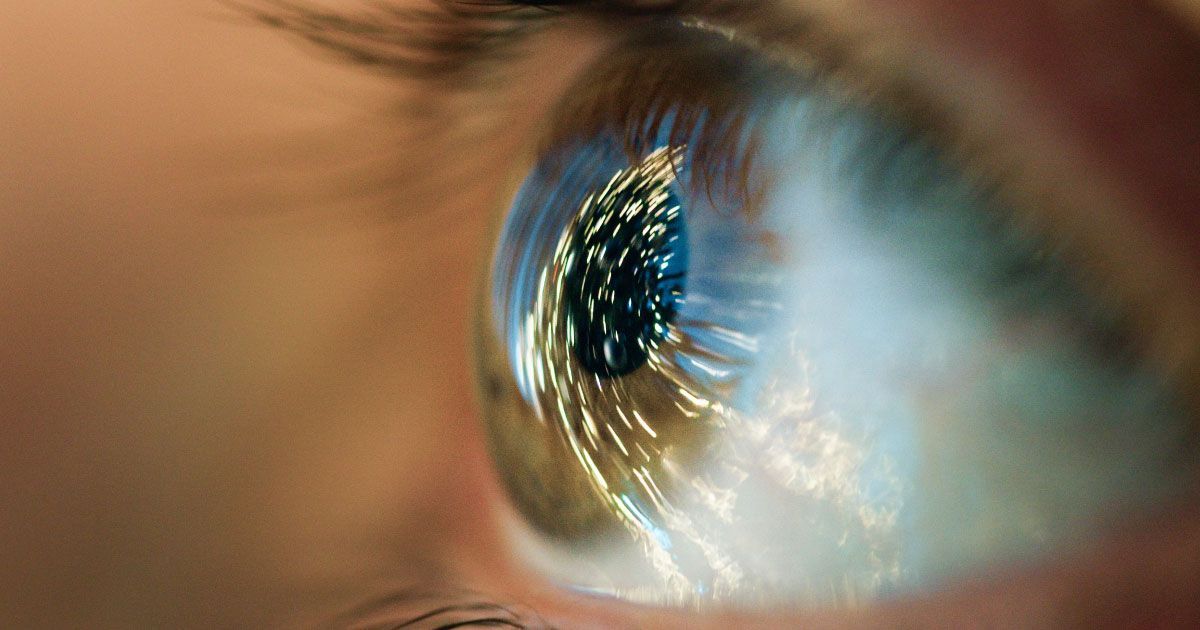Illuminating Health: The Profound Effects of Light on the Human Body

Read time: 5 minutes
In our complex daily lives, light plays a lead role, influencing everything from our daily rhythms to the core functions of our body. The effects of light on human health are profound and multifaceted, reaching far beyond the simple concept of vision. Let's look into the fascinating ways in which light impacts our well-being, from the molecular level to our mental and emotional states.
Understanding Circadian Rhythms: Light as the Conductor
The heart of the connection between light and human health is our circadian rhythm, which is the internal biological clock that regulates various physiological processes over a roughly 24-hour cycle. Light, especially natural sunlight, acts as the primary cue for synchronizing these rhythms.
Exposure to natural light during the day, particularly in the morning, helps set our circadian clock, promoting alertness and regulating sleep-wake cycles. On the flip side, limited exposure to natural light, such as in artificial environments or during the evening, can disrupt these rhythms, leading to sleep disturbances and various health issues.
The Power of Sunlight: Vitamin D Synthesis
Beyond regulating our internal clock, sunlight is a crucial factor in the synthesis of vitamin D, a vital nutrient for bone health, immune function, and overall well-being. When ultraviolet B (UVB) rays from sunlight interact with our skin, a series of chemical reactions produce vitamin D. Insufficient exposure to sunlight, especially in regions with limited sunlight during certain seasons, can lead to vitamin D deficiency, associated with conditions like osteoporosis, weakened immune function, and mood disorders.
Blue Light: Friend or Foe?
In the age of screens and artificial lighting, the spotlight is often on blue light. While exposure to natural blue light during the day can enhance alertness and mood, overexposure to artificial blue light, especially during the evening, can have detrimental effects on sleep. Electronic devices such as smartphones, tablets, and computers emit significant amounts of blue light, which can suppress melatonin production, the hormone responsible for inducing sleep.
To mitigate the potential negative impacts of blue light, especially in the evening, many devices now come equipped with "night mode" settings, which reduce the emission of blue light. Additionally, the use of blue light-blocking glasses has gained popularity as a means to protect against sleep disruption caused by excessive screen time.
Light and Mental Health: A Bright Connection
The influence of light extends beyond the physical realm, deeply affecting our mental and emotional well-being. Seasonal Affective Disorder (SAD), a form of depression linked to changes in seasons, is a striking example of how light can impact mental health. Reduced exposure to natural sunlight during the winter months is believed to contribute to the onset of SAD, characterized by symptoms like low energy, irritability, and difficulty concentrating.
Conversely, light therapy, or phototherapy, has emerged as an effective treatment for SAD. This involves exposure to bright artificial light that mimics natural sunlight, helping alleviate symptoms and improve mood. The antidepressant effects of light therapy further underscore the intricate connection between light and mental health.
Precision Lighting in Healthcare Settings
In healthcare environments, the quality and quantity of light are critical factors. The concept of circadian lighting, which mimics the natural progression of light throughout the day, is gaining traction in hospitals and care facilities. Studies suggest that appropriately timed exposure to bright light in healthcare settings can improve sleep, reduce depressive symptoms, and enhance overall well-being among patients.
Moreover, precision lighting is being explored in areas like surgery rooms and intensive care units, where the alignment of circadian rhythms can positively impact patient outcomes. By considering the effects of light on human physiology, healthcare facilities are moving toward creating environments that support the healing process.
Light Pollution: A Modern Challenge
While the benefits of light are evident, excessive and misdirected artificial lighting poses a significant challenge. Light pollution, the excessive or misdirected artificial light that brightens the night sky, not only hampers our ability to observe celestial bodies but also has implications for human health.
Exposure to artificial light during the night can disrupt sleep patterns, leading to insomnia and other sleep disorders. Moreover, the impact on circadian rhythms has been linked to an increased risk of chronic conditions such as obesity, diabetes, and cardiovascular disease. Efforts to combat light pollution include the promotion of responsible outdoor lighting practices, the use of energy-efficient lighting solutions, and the development of urban planning strategies that prioritize darkness during nighttime hours.
Innovations in Lighting Technology
As our understanding of the effects of light on human health deepens, so does our ability to leverage technology for positive outcomes. Smart lighting systems, equipped with sensors and adaptive controls, can mimic the natural progression of light throughout the day. These systems adjust the color temperature and intensity of light to align with the body's circadian rhythms, promoting well-being and productivity.
Human-centric lighting, an emerging concept in lighting design, focuses on creating environments that prioritize the well-being of occupants. By tailoring lighting conditions to the needs of individuals and considering factors like age, activity, and time of day, human-centric lighting seeks to enhance comfort, mood, and overall health.
The Takeaway
In the big picture of life, light emerges as a powerful influence on human health. From regulating circadian rhythms to influencing mental health and even shaping the design of healthcare spaces, the impacts of light are significant and widespread. In an age marked by artificial illumination and screen-dominated lifestyles, understanding and harnessing the positive aspects of light can pave the way for a healthier, more balanced existence.
As we strive for well-being, let us not overlook the significance of the light that surrounds us. Whether it's the warm embrace of sunlight, the cool glow of moonlight, or the artificial brilliance of modern lighting, each plays a role in shaping our physiological and emotional experiences. Proper illumination is not just a matter of visibility but a cornerstone of vibrant health and vitality.
Share this blog post on social or with a friend:
The information provided in this article is intended for general knowledge and educational purposes only and should not be construed as medical advice. It is strongly recommended to consult with an eye care professional for personalized recommendations and guidance regarding your individual needs and eye health concerns.
All of Urban Optiks Optometry's blog posts and articles contain information carefully curated from openly sourced materials available in the public domain. We strive to ensure the accuracy and relevance of the information provided. For a comprehensive understanding of our practices and to read our full disclosure statement, please click here.


















